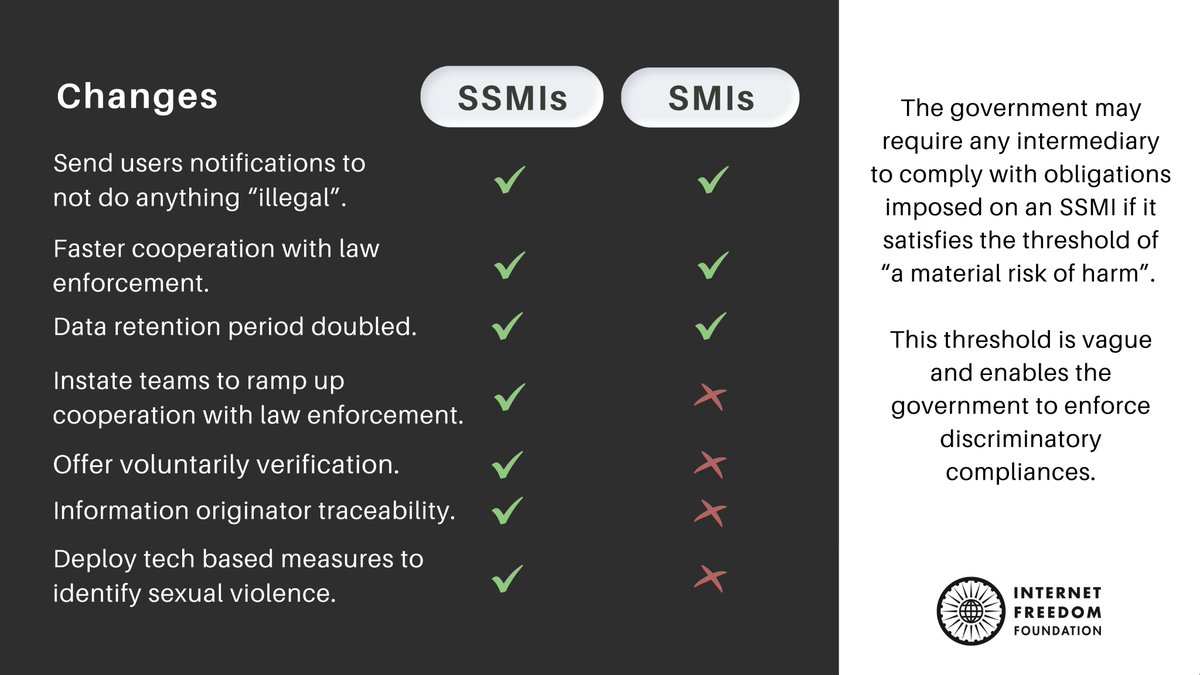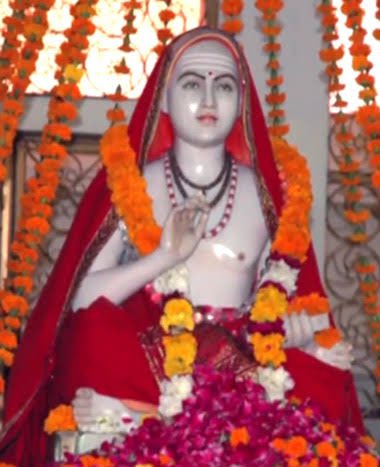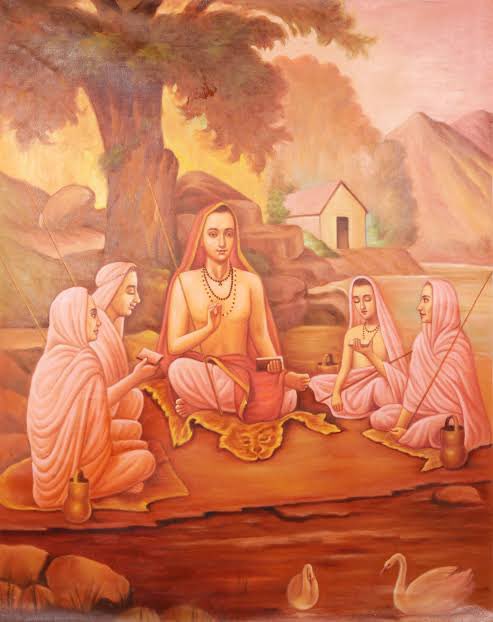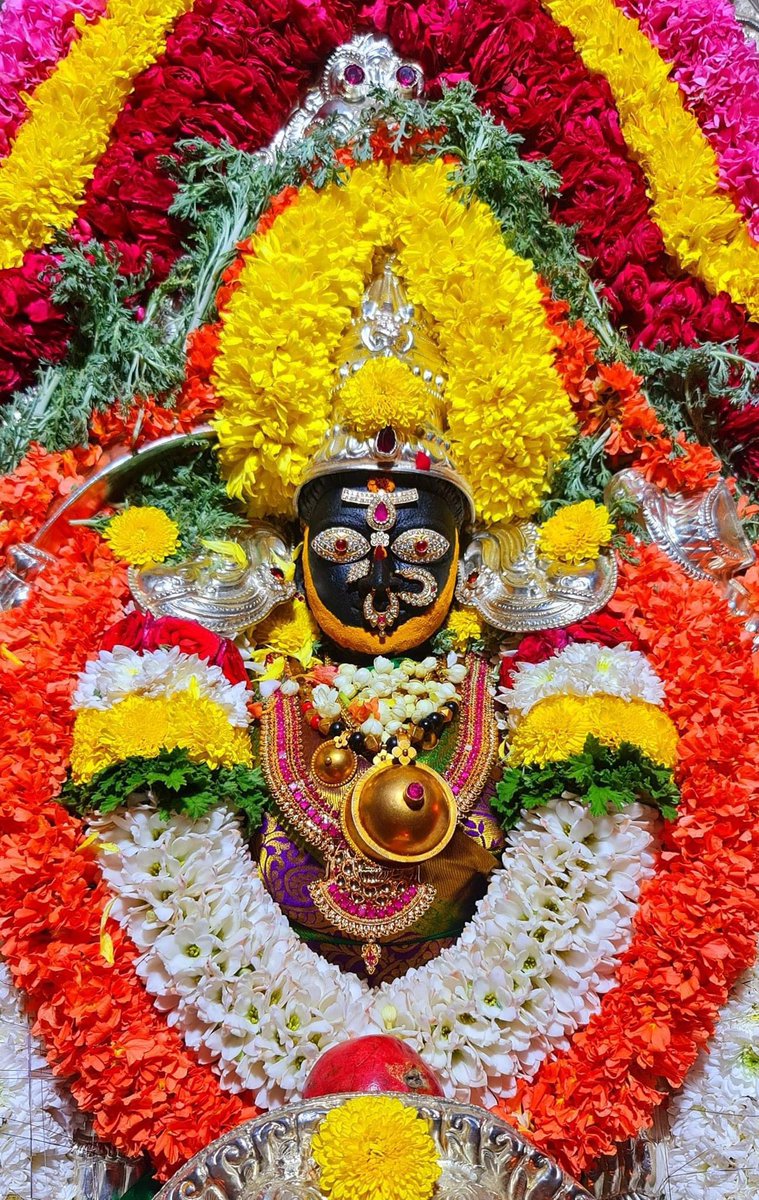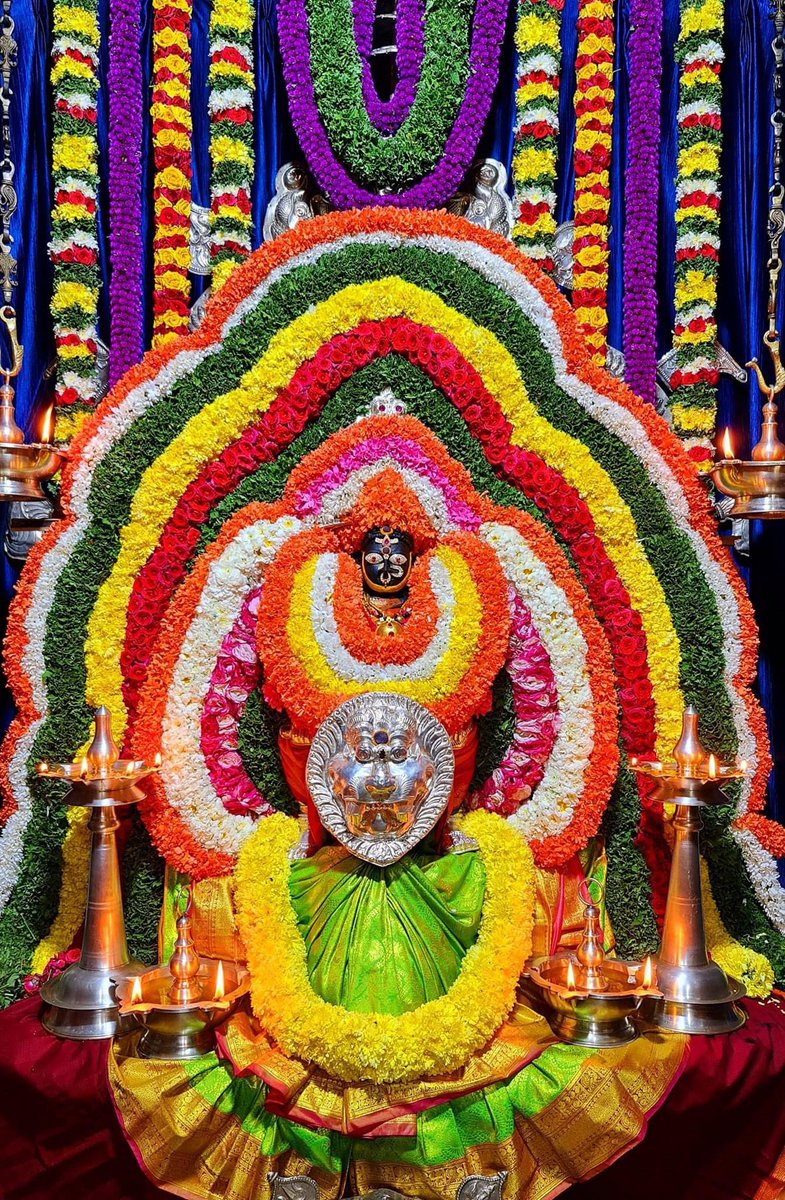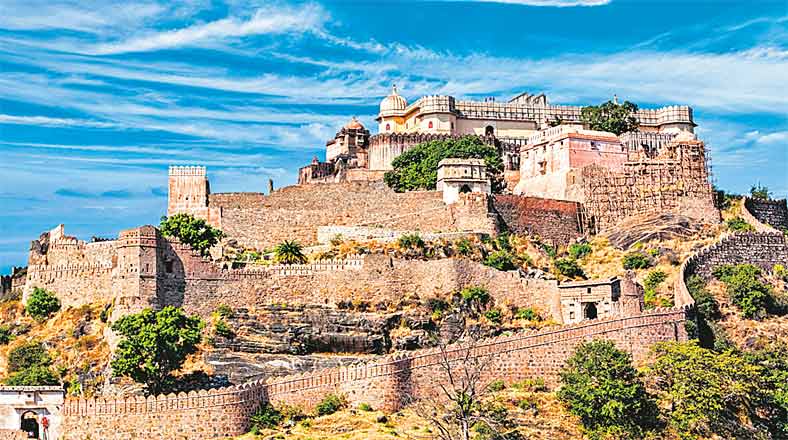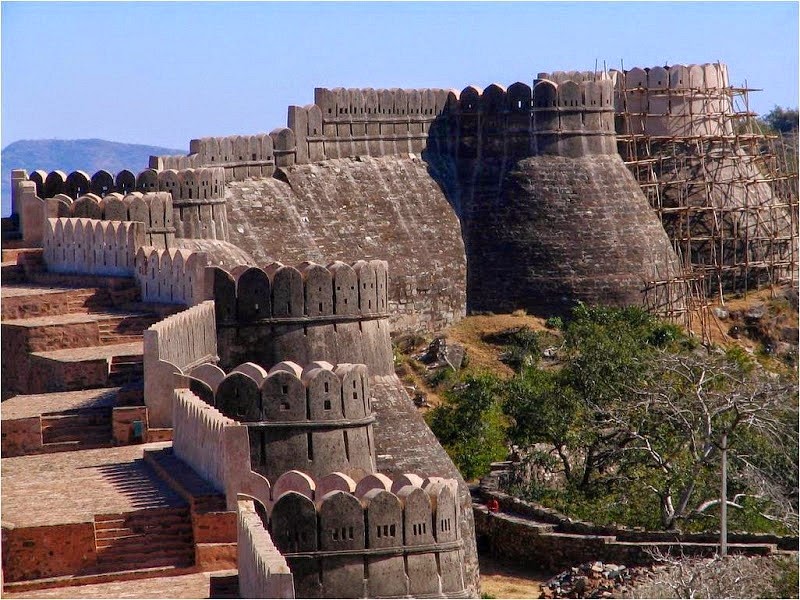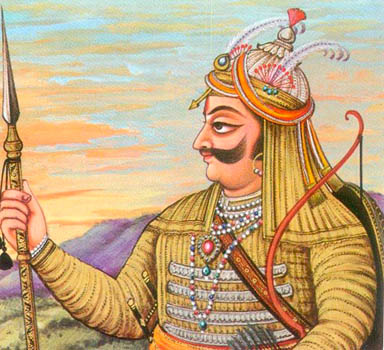#FarmReforms
#FarmBills
Who Is Protesting and Why?
Reforms have proved controversial. In Sept, BBC wondered whether they were a “death warrant” for farmers.
Some worry whether reforms might lead to the end of wholesale markets and guaranteed
Farmers might go from the local monopsonies of APMCs to the national oligopoly of Amazon-like behemoths.
Other crops do not qualify, nor do fruits and vegetables.
This was higher than the market price, but a hefty chunk of the support price ends up in the hands of middlemen through various fees and charges.
As a result, farmers in 25 of India’s 28 states and all eight union territories have not taken to the streets.
As per this farmer leader, open and competitive markets, instead of a top-down command-and-control agricultural economy, served farmer interests better.
In fact, it wants to go much further.
It wants the government to remove the ban on the export of onions and threatened to pelt BJP MPs with onion bulbs if the government fails to do so.
Not all farmers are protesting. Protests are largely confined to Punjab, Haryana and Jat strongholds in western Uttar Pradesh.
It elects 38 out of 543 MPs in the Lok Sabha, but its proximity to the capital gives it disproportionate power.
Home to Green Revolution, it has benefited from massive govt spending for decades
Irrigation subsidies account for another $190 per year. Punjab, Haryana and western UP benefit from other subsidies as well.
Some of their family members are part of the Indian diaspora in Australia, Canada, the UK, the US and elsewhere.
Some of them continue to be absentee landlords.
As a result, a narrative has emerged in the English-speaking press that is not entirely unbiased.
Some attacked the police, destroyed public property and flew flags on the Mughal-built Red Fort from where prime ministers address the nation.
This caused outrage and weakened the movement.
He broke down in tears and threatened to hang himself if the BJP government did not repeal its reforms.
Per the Indian press, Rakesh Tikait is a former policeman with assets worth 80 crore rupees ($11 million), a significant sum for a farmer in India.
They form part of the almost feudal elite that has dominated the APMCs and the rural economy for decades.
Winners of old sys and desperate not to lose what they have.
More from India
1/n
On Feb 25, 2021 we published an analysis of the draft IT Rules, 2021. Alongside the analysis is a rundown of the contentious history of the Rules and the need for starting afresh on this vital conversation about platform accountability. Thread
\U0001f6a8 Breaking: We are releasing a copy of the Draft IT (Intermediary Guidelines and Digital Media Ethics Code) Rules, 2021, which seek to change the face of how digital media is governed in India.
— Internet Freedom Foundation (IFF) (@internetfreedom) February 25, 2021
Read our thread and analysis of the biggest concerns.
1/nhttps://t.co/zQnCGTgGzz
On Feb 25, 2021, the IT Rules, 2021 came into force. On Feb 27, 2021, we shared with you our comprehensive deep-dive into the Rules - an overview of its contents, the “safeguards” it seeks to establish, and how they affect your fundamental rights.
It's done: The IT Rules, 2021, are officially in play. We cannot stress this enough - this fundamentally changes the Indian internet. Please RT this thread on the Rules and how they bring government control over digital media like never before.https://t.co/S7K9wnIkvI
— Internet Freedom Foundation (IFF) (@internetfreedom) February 27, 2021
1/n
We're also talking directly to young people and making sure that they are empowered with knowledge about their digital rights w.r.t. the IT Rules, 2021. Watch our video explaining the background of the Rules and the crux of the matter in 5
Currently, public analysis including our own provides a broad overview of concerns. Since new IT Rules are here to stay, we're also providing you with segmented explainers. Our simple video on how the new Rules will affect digital news
How do the IT Rules, 2021 affect digital news media?
— Internet Freedom Foundation (IFF) (@internetfreedom) March 3, 2021
Our video explains the 4 biggest implications in 5 minutes - simply and directly. Everyone and specially journalists, please RT and share this critical info on social media, WA, Signal!https://t.co/iZ0Ya0gU8K






